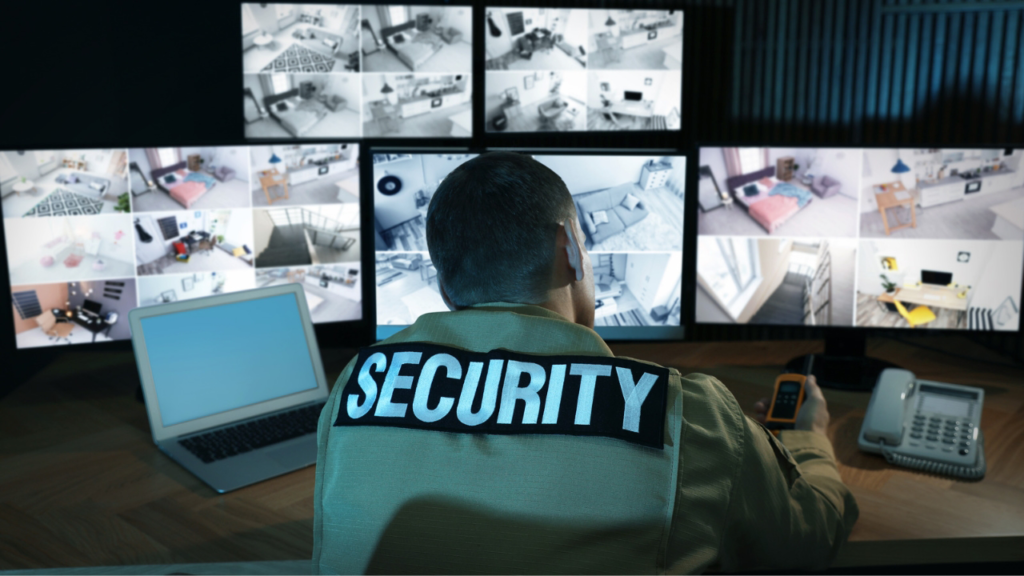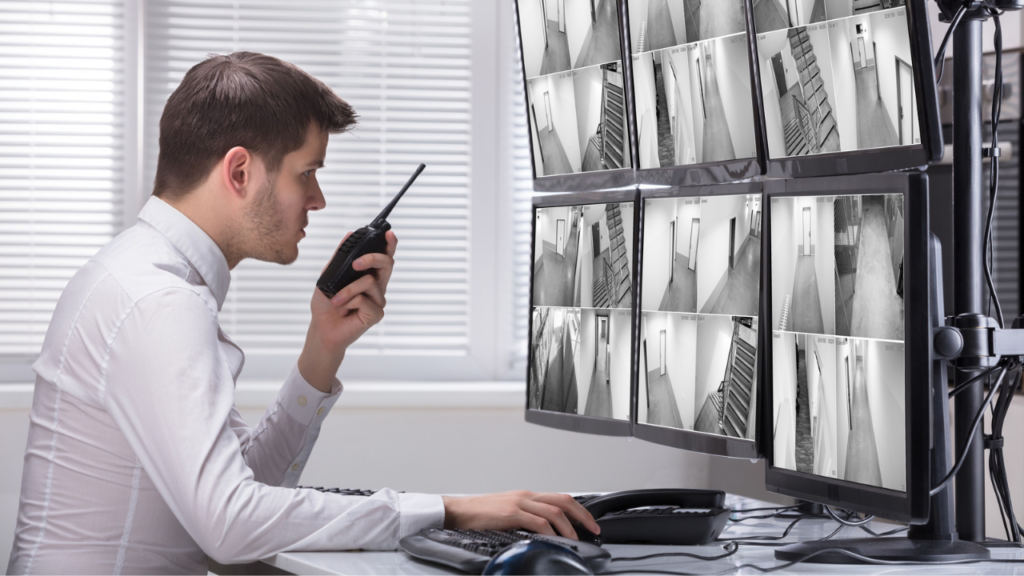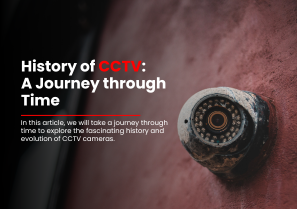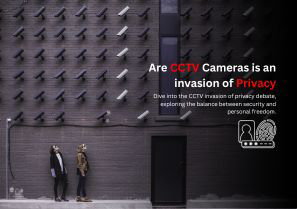Want to have the upper hand when it comes to security? Storing your CCTV footage is the way to go! In this blog, we’re breaking down why properly storing your footage is a must for maximum protection. Let’s get started!
CCTV footage can be a valuable resource for security teams, but it must be managed properly to ensure its security and preservation. Here we will discuss how to properly store and manage CCTV footage so that it can be used for security purposes effectively.

Why is managing CCTV footage important?
Security:
Proper management of CCTV footage helps to ensure security and can prevent unauthorized access to sensitive information.- Backing Up Files: It’s important to regularly backup the CCTV footage to prevent any data loss due to technical issues, such as hardware failure or accidental deletion. This can be done by copying the files to an external hard drive, cloud storage, or a separate server.
- Password Protection: It is critical to secure the CCTV footage with a strong password to prevent unauthorized access. This helps to protect the footage’s confidentiality and ensures that it is only accessible to authorised personnel.
Evidence Collection:
CCTV footage plays a vital role when it comes to evidence collection.- Onsite Storage: It’s important to manage CCTV footage in a way that ensures its authenticity and integrity. It requires maintaining accurate records of it and ensuring who has accessed it.
- Offsite Storage: Offsite storage involves storing the footage on a remote server, typically in the cloud. This option is ideal for businesses that need to store large amounts of footage and have a disaster recovery plan in place.
Loss Prevention:
CCTV footage can be used to monitor various activities and types of losses. Since it is quickly and easily accessible, it can be really helpful to investigate potential incidents.- Remote Access: Authorized personnel can access CCTV footage from a remote location, such as a laptop or smartphone, using remote access. This can be accomplished via a web-based interface or a mobile app.
- Local Storage: The footage can also be stored locally on a device that is directly connected to the CCTV system, such as a DVR or NVR. This option is ideal for organizations that require immediate access to footage and low latency viewing.
Compliance:
Some industries are subject to rules and regulations that require the deployment of CCTV systems and the management of the video data they produce. Organizations can comply with these legal standards and stay out of trouble by using proper footage management.
How to Store and Manage CCTV Footage?
1). Regularly backing up footage:
Regularly making copies of the CCTV footage and storing it in a separate, secure location helps to ensure that the footage is not lost in case of a disaster or technical malfunction of the storage system.
2). Monitoring footage regularly:
Reviewing the CCTV footage regularly to ensure that it is functioning correctly helps to identify any issues or security breaches in real-time. By doing so, you can quickly respond to incidents and take appropriate actions to avoid potential damage.
3). Establishing a data retention policy:
This entails establishing clear guidelines for how long CCTV footage will be retained and when it will be deleted. This contributes to lowering the risk of data breaches and ensuring compliance with privacy regulations.
A data retention policy should specify the retention period for various types of footage, taking legal requirements and other relevant factors into account.
4). Storing footage on secure and reliable storage devices:
This involves using a secure and reliable storage system such as a dedicated DVR (Digital Video Recorder) or a network-attached storage (NAS) system. It is important to choose a storage device that has sufficient capacity and is designed to meet the needs of the surveillance system.
5). Using encryption to protect the footage:
This involves using encryption techniques to protect the footage from unauthorised access or tampering. Encryption helps to secure the footage while it is stored on the storage device and while it is being transmitted over a network.
6). Implementing secure access controls:
Using methods such as user authentication and permissions to limit who can view and manage the footage helps to prevent unauthorised access to the footage.
7). Regularly checking and maintaining the storage system:
Regularly checking the storage system to ensure that it is functioning properly includes monitoring the system’s performance, checking for any signs of malfunction, and taking preventative measures to ensure that the system remains in good working condition.

Conclusion
By following these best practices, organisations can ensure that their CCTV footage is managed responsibly and effectively, while also protecting the privacy and security of those who are captured on camera.
Techsecuro’s timely, reliable and affordable CCTV services are just what you need. Click here to find out more.






